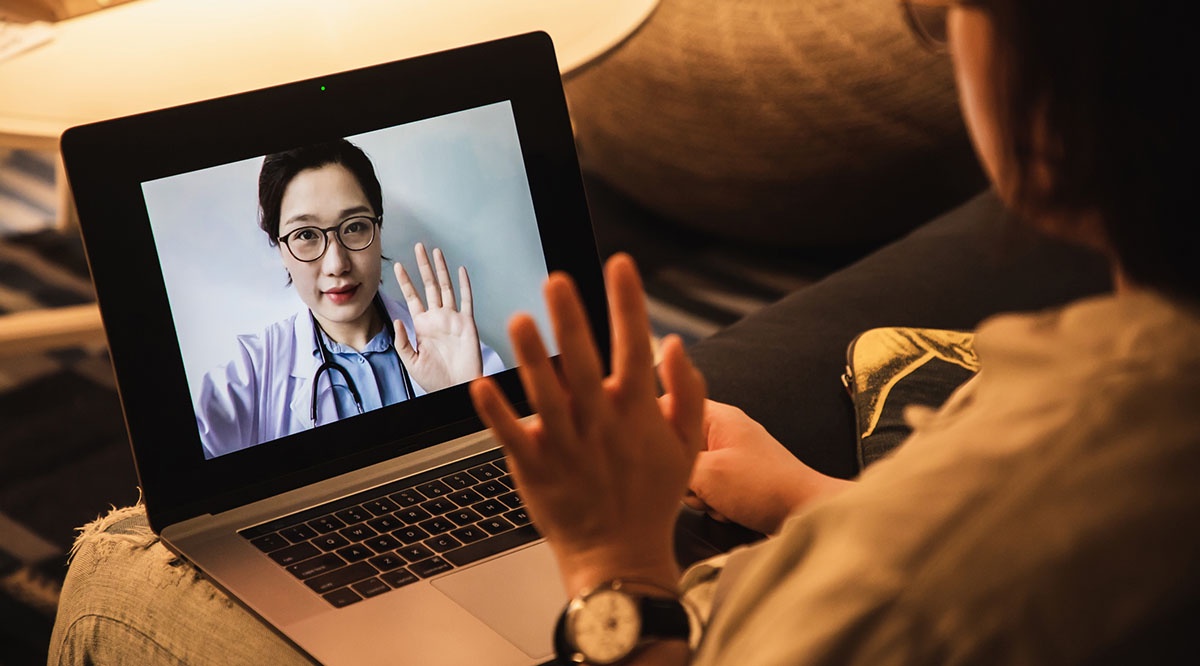Doctors and other health care professionals typically care for patients in person in a clinic, hospital, or medical office. Medical professionals can now monitor, diagnose, and treat their patients online thanks to smartphones and other digital technologies.
HealthTap Telehealth refers to the provision of health care services remotely using technology. Telehealth can be used to remotely monitor patients' vitals and conduct medical visits via the internet. Telemedicine is limited to remote delivery of healthcare. It has a wider definition. Telehealth includes continuing education and training of medical professionals.
Telehealth can be delivered in any of these three ways:
Synchronous - When the doctor and patient communicate in real time via telephone or computer.
Asynchronous--when data or images are captured to be shared with the doctor later.
Remote patient monitoring - when measurements such as blood pressure or weight are sent to the healthcare provider
Telehealth: The Benefits
There are many benefits to using technology to deliver healthcare. These include cost savings, convenience, and the ability to care for people who have mobility issues or live in rural areas that don't have access to or can't afford a doctor or clinic. Telehealth has seen a significant increase in popularity over the past decade. Today, 76 percent of U.S. hospitals connect patients and doctors remotely via telehealth. This is an increase from the 35 percent that was possible a decade ago.
Telehealth has been more important during the coronavirus (COVID-19), pandemic. Telehealth has become more important because of the fear of contracting the virus in person during medical visits.
Nearly three-quarters of Americans who were surveyed stated that the pandemic made them more open to virtual healthcare. One in four Americans aged 50 and older said they had had a virtual visit to their healthcare during the pandemic. This is up from the four percent who had remote visits the year before.
Telehealth: What can you do?
Telehealth makes it possible to perform the following services and activities:
Measurements to be recorded
You can send your doctor information such as your weight, blood sugar, heart rate, blood pressure, and food intake either by hand or via a wearable devic
Virtual visits
Talk to your doctor or nurse via your smartphone or computer.
Use an online portal
To check your results, request refills of prescriptions, send a message to your doctor, or make an appointment,
Information Sharing
You can share information such as test results, medication, and allergies with all the providers you see.
Coordinating care
Your primary care provider can share exam notes with any specialists you see, as well as test results among medical offices located in different locations.
Reminders via email or SMS
When you are due for routine vaccinations or mammograms.
Home monitoring of older adults
to ensure they are sleeping, eating, and taking their medication on time.
Telehealth has its Downsides
Telehealth is a cost-effective and convenient way to visit your doctor from your home. However, there are some drawbacks.
- You can't do all types of visits remotely. For things such as imaging tests or blood work, you will still need to visit the office.
- The security of electronic transmissions of personal health information is a concern.
- Although insurance companies cover more of the cost of telehealth visits during the COVID-19 pandemic, there are some services that may not be covered completely, which can lead to high out-of-pocket expenses.


No comments yet